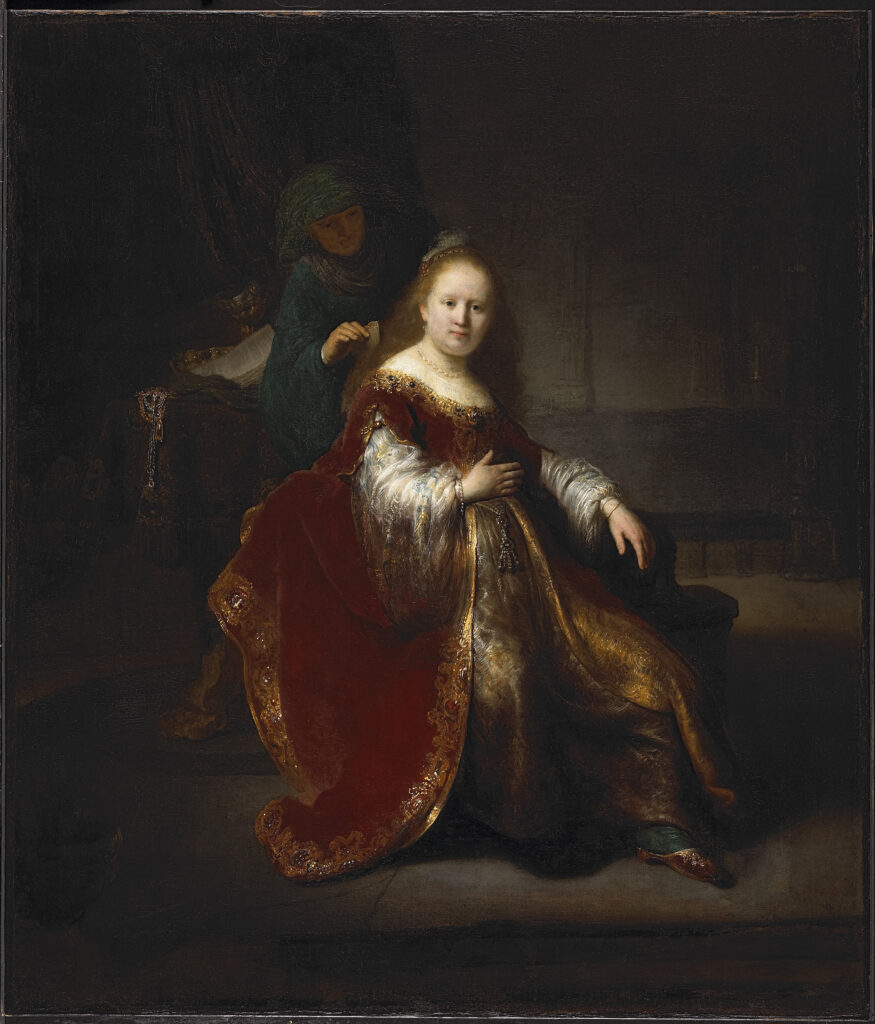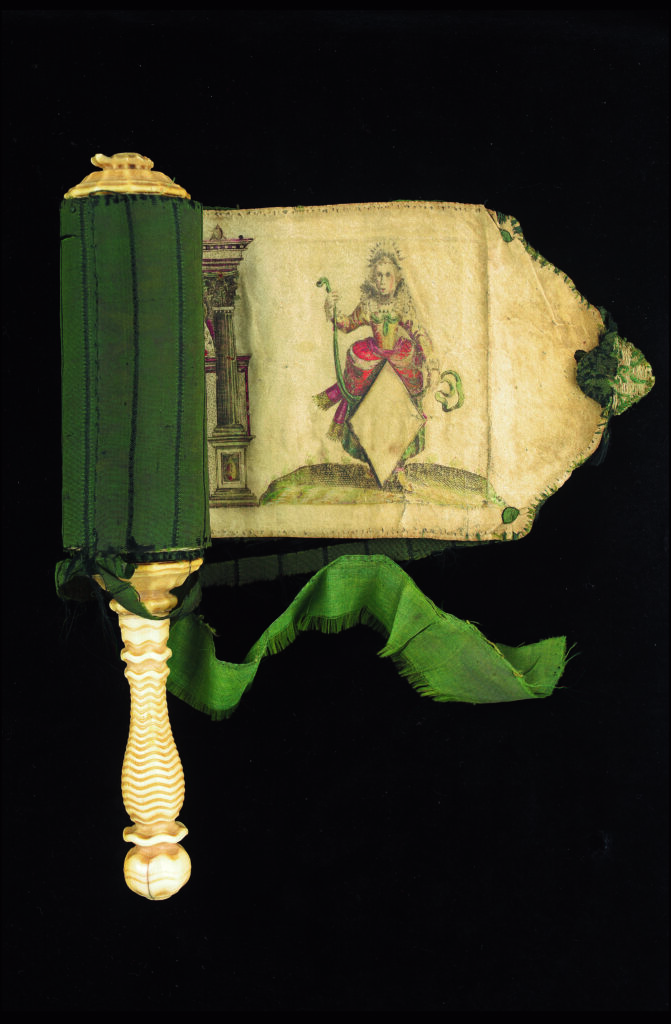When Queen Esther and Rembrandt Took Amsterdam by Storm
The biblical heroine became an icon during the Golden Age of the Dutch Republic.

‘The Book of Esther in the Age of Rembrandt’
The Jewish Museum, 1109 Fifth Ave., Manhattan
Through August 10
The Bible’s Queen Esther was one of the defining Dutch divas of the 17th century and muse to some of Amsterdam’s greatest painters — among them Rembrandt Harmenszoon van Rijn. “The Book of Esther in the Age of Rembrandt” charts how the heroine of Purim charmed a mercantile city on the make. Esther was a crossover star, beloved by both the Jews who found a haven in Holland and the gentiles who flocked to her standard.
The Book of Esther was the last of the 24 books of the Hebrew Bible to be canonized. Its story of courtly drama and thwarted tragedy is usually dated to the fourth or fifth century before the common era, and features the salvation of the Jews of Persia from a plot of extermination hatched by the evil vizier Haman and rubber-stamped by King Ahasuerus, whose realm stretched between India and Ethiopia. His heart, though, belonged to the beguiling Esther.
The triumph of Mordechai and Esther will be marked at Purim this week with feasting, costumes, gifts, and the reading of Esther’s Scroll. Some of the most beautiful objects in the Jewish Museum’s show are these megillahs, including one by the master artist Salom Italia, who is known from only 10 works. His scroll is a wonder of marble arches and Dutch landscapes. Purim’s happy ending is replicated at Amsterdam, sometimes called “Jerusalem of the West.”
The story of Amsterdam’s Jews dates from the end of the 16th century and the beginning of the 17th, when Portuguese and Spanish Jews, fleeing the talons of the Inquisition and the brutality of the Expulsion, began to arrive at the waterlogged city. Many of these were conversos, and their talents and trade networks helped usher in a Golden Age of commerce and culture that followed on the heels of the Dutch Republic’s independence from Spain.

Oil on canvas. National Gallery of Canada via the Jewish Museum
This tale of refuge and synergy glows from the more than 120 works collected in this exhibition, curated by Abigail Rapoport. Rembrandt’s “Jewish Heroine from the Hebrew Bible,” the central painting, was completed when the artist was 27. While the identification with Esther is not entirely ironclad — the Jews have no shortage of heroines — it appears likely given Rembrandt’s etching “The Great Jewish Bride,” where he depicted his wife Saskia as Queen Esther.
Rembrandt’s heroine is captured at her toilette, behind the scenes. She could be readying herself to appear before her husband the king to plead on behalf of her people. Esther is herself something of a crypto-Jew, hiding her faith until, in a moment of high drama, she asks Ahaseureus, “Let my life be granted me by my plea, and the life of my people by my request.” Here she looks into the distance, a woman thrust into glamour and danger in equal measure.
Rembrandt’s Esther is dressed in the regular attire of a Dutch woman, demonstrating Esther’s appeal to the masses. An oil painting by Gerrit van Honthorst, “Portrait of Elizabeth Stuart as Esther,” renders the Queen of Bohemia in the style of the Persian ruler and insists on a lineage of royalty. “Esther and Ahasuerus,” by Geldorp Gortzius, captures Esther’s sex appeal as she grasps the king’s golden scepter that signals the bestowing of his favor.

The Jewish Museum, London, via the Jewish Museum, New York
A haunting work is “Esther and Mordechai,” by Hendrick van Steenwijk the Younger. The oil painting is dark, set in the corner of a grand palace. The queen and her uncle are in a hushed conference, perhaps meditating on the man’s admonition to his niece: “Think not with thyself that thou shalt escape in the king’s house, more than all the Jews. For if thou … holdest thy peace… then will relief and deliverance arise to the Jews from another place.”
Jan Lievens’s “the Feast of Esther” takes as its subject the high-stakes dinner where the queen confronts Haman over his plan to annihilate a people he calls “scattered abroad and dispersed among the peoples in all the provinces of thy kingdom.” Lievens delivers the pageantry of costume and royal robes, but also a cinematic treatment of the moment of truth — Esther flush with righteous rage, her outstretched finger spotlighting the villain.
On view is another Rembrandt, “Self-Portrait, Age 23.” Already the young artist demonstrates control over light and dark, his face presented with elusive effulgence. Rembrandt lived on Jodenbreestraat, or “Jewish Street,” and Dutch Jewish residents would frequently serve as his models, even as the Dutch republic saw itself as the spiritual heirs of ancient Israel. There is nothing like this relationship in all of Western art.

